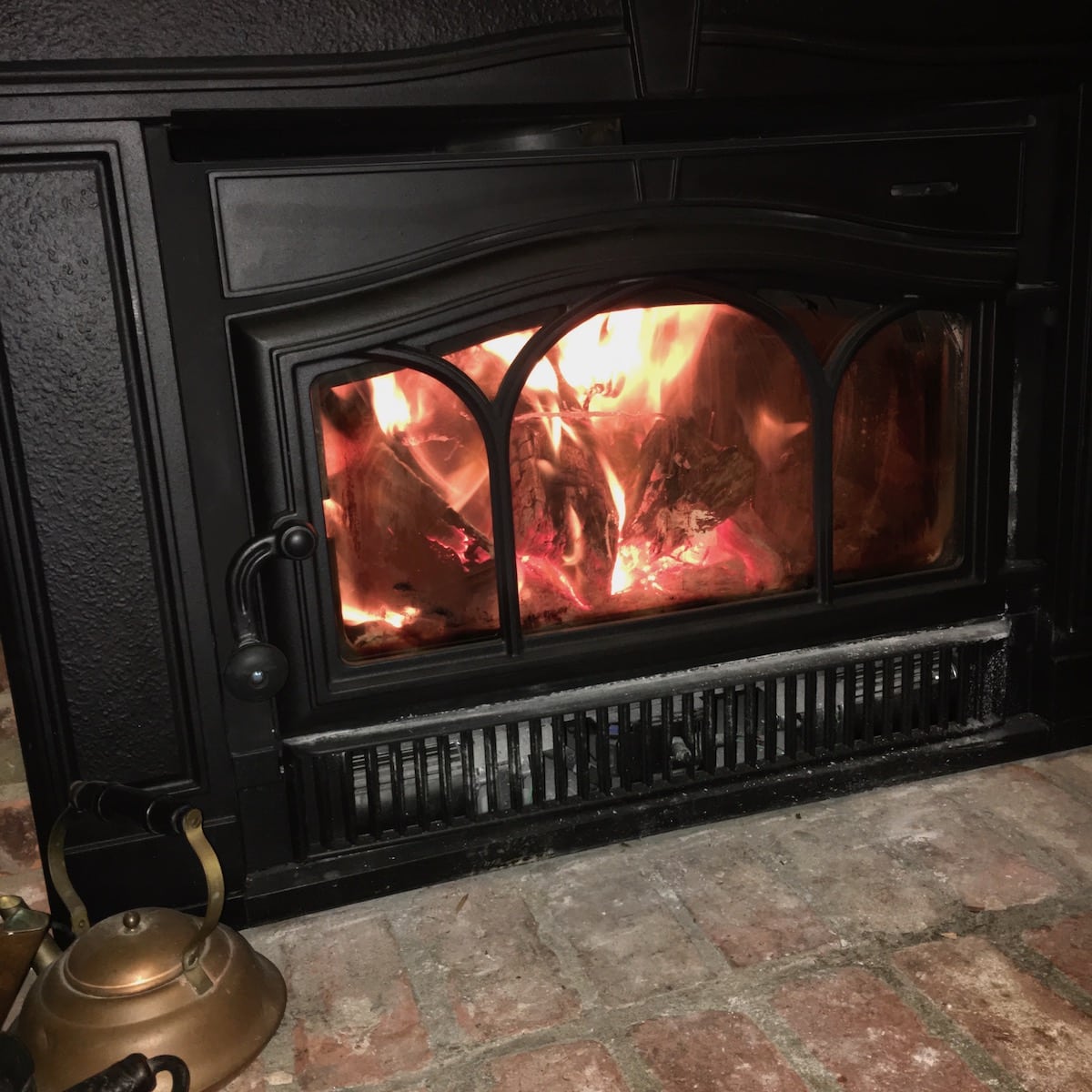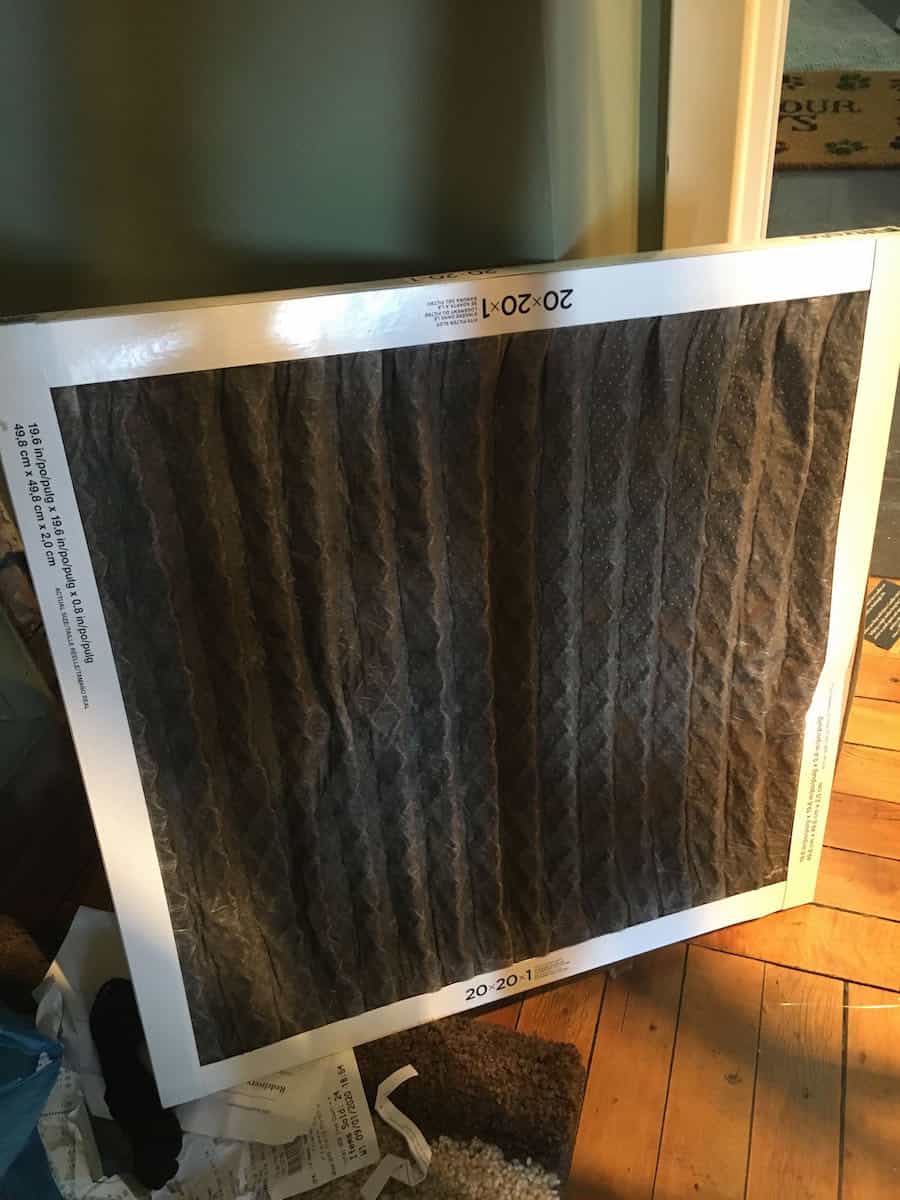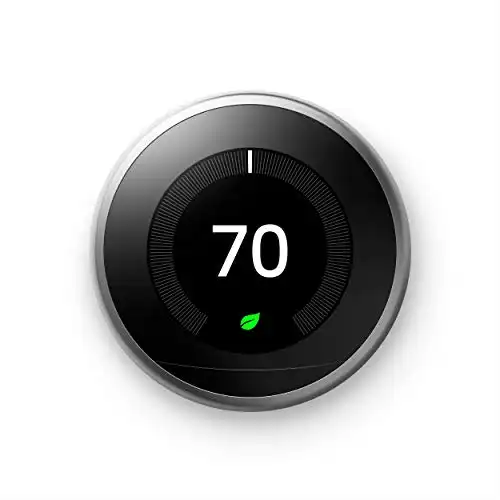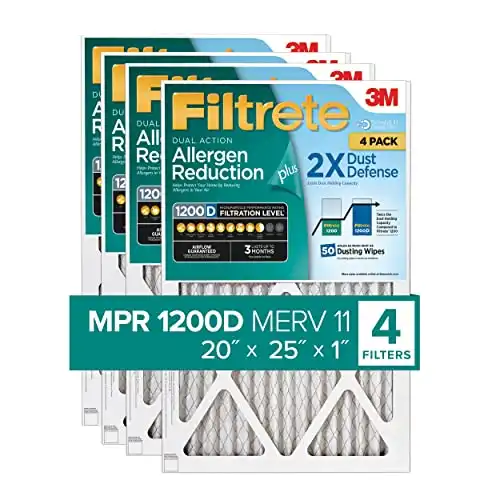Tried and True Ways to Reduce Heating Bills
Ever since writing my book Suddenly Frugal, I’ve been acutely aware of how I can reduce our heating bills. This is a true challenge since we have always lived in a colder climate. First it was Pennsylvania. Now it is in Maine.
In our Pennsylvania homes, we had fewer options for heating as our homes either had gas furnaces and forced air, or oil heat and baseboard heating. I hated the monthly oil bill. It was a true pain point for me. Nonetheless, I insisted that our daughters bundle up indoors so that we wouldn’t waste money heating the house and then have to pay for it the next month with our oil bill.
Also, those homes had fireplaces. Fireplaces are lovely when you have a fire going, but they’re also terrible for heat loss. If the damper doesn’t close properly, all the warm air in your home goes right up the flue and out the chimney. In our last house, we had an insert installed with proper doors. That cut down on drafts and heat loss tremendously.

Also, this wood stove had a heat fan. That is, as the fire heated up, an electric fan would kick on, blowing hot air into the room. It was the opposite of a cold, drafty damper and flue.
Finally, a home energy audit helped identify places that our home’s heat was escaping. It’s what led me to put together some of these tips that we used and which you can use, too.
Sure fire ways to reduce heating bills
Now at our home in Maine, we’ve got combined heat. One, we have baseboard heating again. This time it is heated by an on-demand water heater, which uses propane. And two, we have heat pumps.
There are a couple of ways that heat pumps save us money while keeping us warm. Perhaps the biggest was when they were installed. Our state was offering energy efficient rebates and we got a significant amount of money back for the two heat pumps, also known as mini splits, that we put in the house. One is upstairs and the other is downstairs.
Heat pumps use barely any power to run, which is a money saver all on its own. Plus, they’re pushing out warm air efficiently. So, in combination with the baseboard heating, we can keep the thermostat even lower and still feel comfortable when it is cold outside.
Bonus: heat pumps don’t just heat. They have a cooling setting as well. So in the summer, we have air conditioning automatically.
Save this article and we’ll send it to your inbox. Plus, we’ll send you more great links each week.
With all of that in mind, here are seven ways you can stay warm inside this winter and lower your heating bills.
Turn down your home’s heat
OK, so this is an obvious way to reduce your heating bills, but how many of you actually do this? And what temperature do you turn your home’s heat down to?
Did you know that for every degree you lower (or raise in the summer) how you heat your home, you save anywhere from five to 10 percent on your heating (or cooling) bills? You’re not gonna freeze in a home kept at 68 degrees. In fact, these days, we keep the baseboard heating set to 68 and the heat pumps at the same temperature. Sometimes, I have to turn one or both down to 65 degrees because I feel too warm.
Install a digital, programmable smart thermostat
You know what was a game changer for us? Installing a Nest digital, programmable smart thermostat. You can program it so that when everyone leaves for work and school, the heat goes down to, say, 60 degrees. No one is home so why keep heating your house?
Then, about 30 minutes before everyone comes home, you can program the thermostat to get your heat back up to 68 so you’ll be toasty. You can do similar programming for when you go to sleep at night. Again, if everyone is snuggly warm in their beds, why have the heat up?
Best of all, the Nest has an app so that if your plans change, you can override the program and change it to warm your home up or cool it down based on who is home when. Speaking of apps, our heat pumps have them, too. So we can program them this way as well.
Keep your heating system clean
If your boiler should be serviced every year, get it done. That way you know that your system is running at 100%.
If you have forced air and use filters, change them on the recommended schedule. In my old house the filters said they could last for three months. However, I found that the airflow output decreased significantly after one month. That was a sign that I had a dirty filter and it needed to be changed.

Having two dogs likely contributed to our needing to replace air filters more often. We ended up signing up for filter subscription, which you can do on Amazon through Subscribe and Save. That way we always had a clean furnace filter on hand.
Now with heat pumps, they have wire mesh filters that we clean every three or so months. It is super easy. Just take them out and run them under the faucet until it runs clean. Dry them off and reinsert.
Dress for the temperature outside
It’s important to dress for the weather, even when you’re indoors. So today, for example, it’s in the single digits outside. I’m not walking around in a t-shirt and shorts.
No, I have on an undershirt and polar fleece shirt, plus jeans, wool socks and fleece-lined Uggs slippers. If I feel chilly, I’ll grab a scarf for around my neck while I’m working or put on another layer, such as a cardigan sweater. Or, later on, if I’m chilly while watching TV, I’ll grab a blanket to snuggle under. I’ll probably also encourage one of my dogs to snuggle with me. Dogs are great portable heaters.
Find extra ways to insulate your home
Sometimes insulating your home goes well beyond just added attic insulation or more insulation in the walls. For example, if you have a freestanding hot water heater, it is situated in a cool area of the home and seems to be radiating heat, you may want to wrap it in insulation. This will prevent it from losing the temperature of the water. When that happens, you need to heat the water more often, which obviously uses more energy.
Here are other ways you can try to insulate your home so you stay warmer inside and reduce your heating bills and costs at the same time:
- Put plastic on windows. I’ve seen tons of consumer pieces about plastic window kits and how they’re supposed to cut down on drafts and whatnot in the winter. Many people I spoke with confirmed that 3M Indoor Window Insulators actually work.
- Seal air leaks around doors. Some people I spoke to use “draft dodgers” against the base of doors leading to the outside. These are usually long, fabric “snakes” that you can push up against the base of the door to keep drafts out. They’re great if leaks are coming in via the bottom of the door only. If they’re coming in from all around, then investing in some weatherstripping can help, too.
- Close drapes, shades or blinds on windows and doors on unused rooms. Keep rooms toasty by hanging sheets or curtains, or closing doors. The idea here is to drape a piece of cloth in between rooms so that you can keep the heat in the room you use the most and the cold out. Conversely, on sunny days, let the sun shine in. Sunlight will warm your home without using any energy at all.
- Cover or close vents in forced air systems. The idea here is to put a magnetic cover over floor vents or simply close them up in rooms you’re not using regularly. For example, if your kids are away at college, close the vents in their rooms. No need to heat (or cool) a space where no one is living. At the same time, ensure that air vents in rooms that you do use are all open and not blocked. For example, if any furniture is covering them, it’s time to rearrange your furniture.
- Get carpet remnants or throw rugs. Hardwood floors are pretty and all, but in the winter they can be pretty chilly. If you can put down any kind of carpet, that will warm your room right up–or at least your feet since they won’t be on the bare floor anymore. Lots of carpeting stores sell remnant pieces for not a lot of money so check that out as an option. Or check out places like Habitat for Humanity ReStore or overstock stores like Marden’s in Maine. They have great prices on carpets.
Final thoughts
One of the best ways to lower your heating bills is to lower your hot water temperature. Setting your hot water heater to 120 degrees is a safer temperature to avoid scalding but also warm enough to create an enjoyable shower.
Speaking of showers you can save on your hot water energy by taking shorter showers at cooler temperatures. Also, wash your laundry in cold water only for additional savings. Experts tell me that the average household can save up to 10 percent on their home heating costs just from changing how they heat their water.
Hey, I’d take a 10-percent reduction in my energy bills for just making one small change. What about you?



FYI, here’s another great way to saving on heating bills–having your oil boiler bust on you. Yup, that’s what seems to have happened last night when we awoke for the smell of exhaust fumes in the house. The heat is totally off and it’s hovering between 60 and 62 degrees in the house. I’ve got on four layers and you know what? It’s not that bad. Service people are on their way.
For renters: would the landlord spring for a programmable thermostat? We used one in the duplex we rented years ago; removed it when we left. If I were a landlord, I’d probably put one in and encourage the tenants to use it.
We’ve had programmable thermostats at the Gardening at the Crossroads homestead for at least 25 years. What we need now is an automatic filter changing device, I never get around to changing them.
It’s one of those things that you think of while driving down the road that you promptly forget about when you open the garage door (like painting the garage door)!
Great saving tips! I will certainly try to lowering my hot water to 120 degrees.
Thanks for the post!
Pascale
We keep the thermostat even lower and spot heat rooms we are actually “living in.” We have heat pumps, and are grateful for their energy conservation, as our home is entirely electric.
Yours is an excellent suggestion–a post geared towards renters. I’m already researching to the topic and hope to have something to post early next week.
Leah
I also agree that humid air holds heat and makes it feel warmer (this is why an air conditioner, which dehumidifies, makes it cooler).
I would like to see a post like this – winter tips for reducing heating bills – specific to renters. I live in a rented apartment, so I can’t implement many of these tips. We do keep the (wand-like 🙁 ) thermostat off when we are not in that room and relatively low (we even turn the heat off at night in below 0ºF temps in Chicago since we have a great down comforter and mattress warmer). Still, I’d like to learn more tips!
🙂 It’s so cold the schools are closed- for the second day in a row! Raising the moisture level of the air makes it feel warmer. There’s research on it, if only I could find it and link you in that direction.
Does a humidifier really help to warm the air? I would think that the dampness would make it colder!
And what are you doing home from school in the middle of the day?
Our den is our “cozy” room, but it gets drafty when it’s bitter cold. I see five blanket throws in the room right now. Amigo is wrapped up in a comforter while he listens to his audio book, and I’m snug as a bug with a blanket throw and my laptop, not to mention my warm hoodie sweatshirt. The other simple step is the humidifier on the fireplace hearth keeping the air moist.